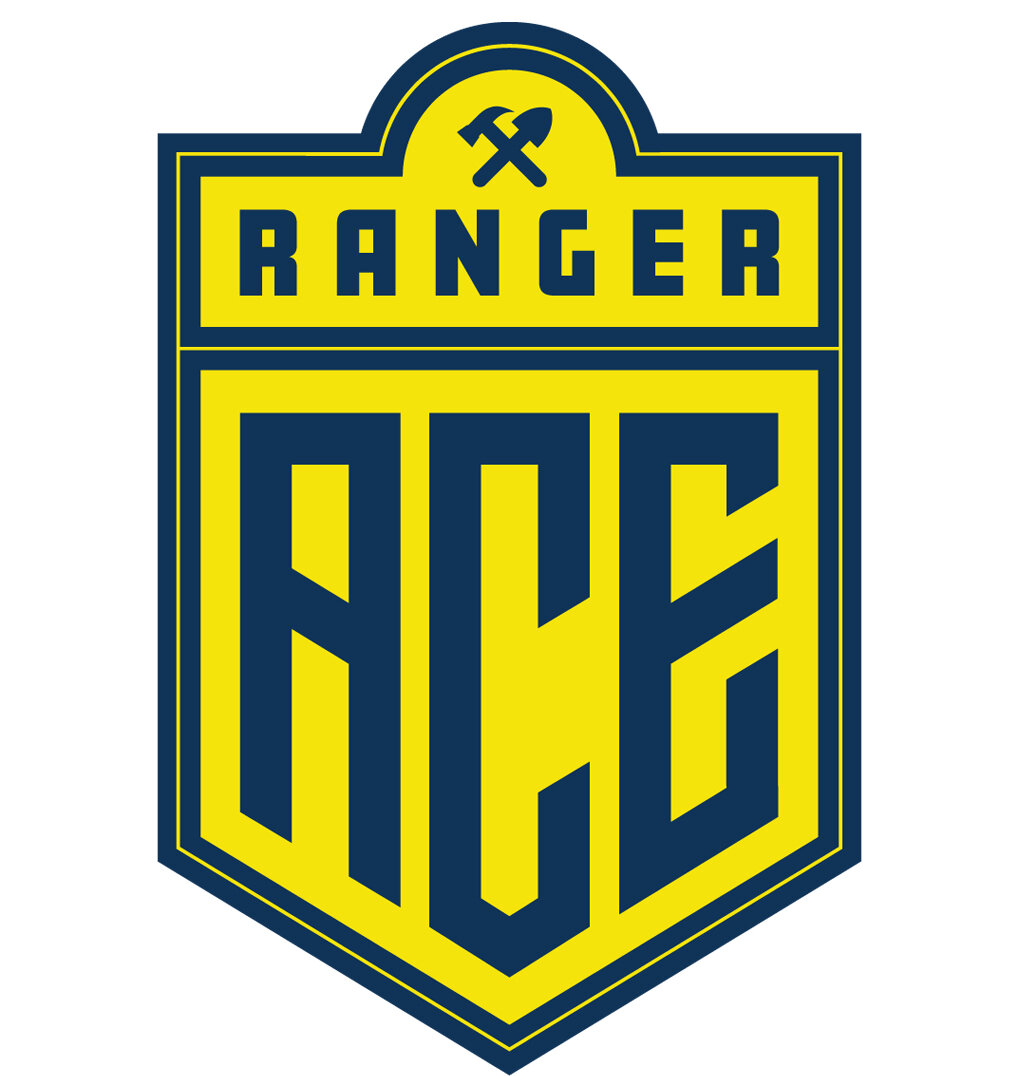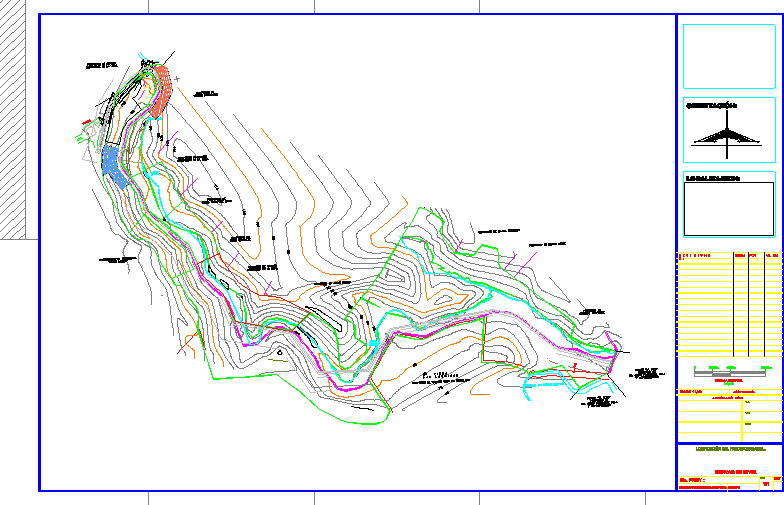2018 DAY 1: Camp Intro, Job Safety, and Design
The first day of camp was integral for ensuring that everyone had a safe, fun, and rewarding week. A huge part of the RangerACE experience is showing campers the ENTIRE construction process in just a week, a daunting challenge but a rewarding one. Throughout the week, campers will be creating a 8 ft. by 8 ft. concrete racing pad with which they will race go-karts off of on Friday at the culmination of their hard work.
Overall, the main focus of the day was on learning safety procedures as well as exploring the mapping and design side of construction. In between discussions and activities with various RangerACE Professionals coming in throughout the day, the campers were also given time to create company names and logos with their new teammates.
RangerACE Pro Bill Blasé about to show the importance of PPE through a safety demonstration.
After a brief icebreaker and introduction to RangerACE, each camper was given their own set of PPE (Personal Protective Equipment) and instructed to diligently wear it for any on-site activities for the remainder of camp. In order to understand why, Bill Blasé, in charge of safety at Ranger, came and shared his many years of wisdom on the importance of safety with the campers.
Blasé and instructors also set up a safety demonstration to give campers a concrete visual on what can happen to a person (or in this case, a watermelon) not wearing their PPE on the job.
Safety is a very cut and dry topic, and in order to give campers a chance to start flexing some of their creative muscles, we transitioned into Team Names and Logo Creation after our safety presentation. In order to make the week-long construction experience more engaging, we let each table of campers create their own “Construction Company”, name, logo, and all. These companies would compete against each other throughout the week, and ultimately each create a unique and complete go-kart pad to race off of at the end of the week.
Example of a topographic map generated through AutoCAD
To the right is a contour map done in AutoCAD. For someone who has never seen a contour map before it can look cluttered and confusing, but for anyone laying out a job site it is an extremely useful tool. In order to work up our campers to being able to read and understand such a contour map, we worked today on understanding what topographic lines are and what they look like in real life.
After working through the basic functionalities of topographic lines and maps, campers spent the rest of the afternoon laying out the groundwork to set up their go-kart pads. The first step of this was taking aerial drone shots to be converted to a topographic map, lead by Holden Murphy of Ranger. Once the area was mapped out, campers could then plot where they would be placing their pad on the actual map of the area, a process done through CAD lead by Jorge Chavana of Ranger.


